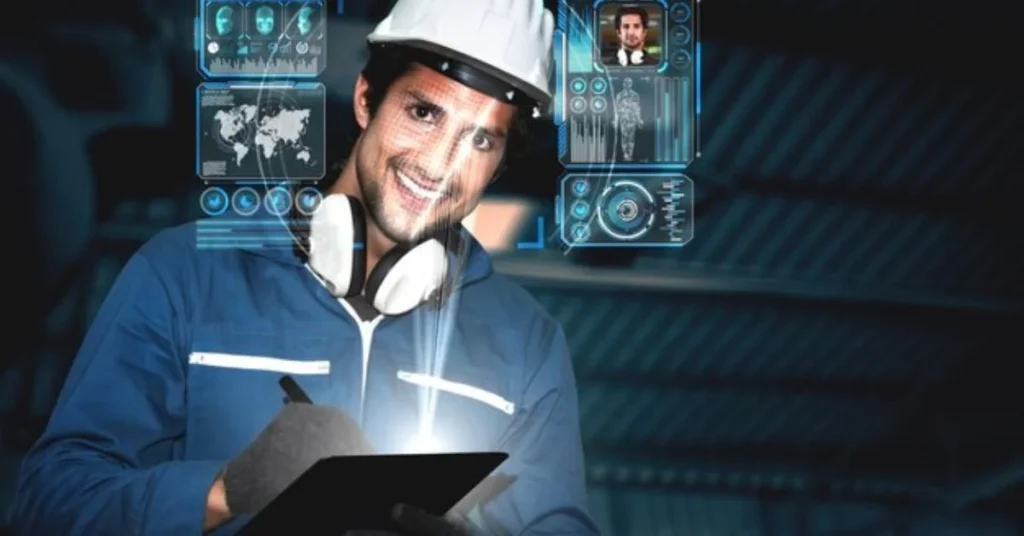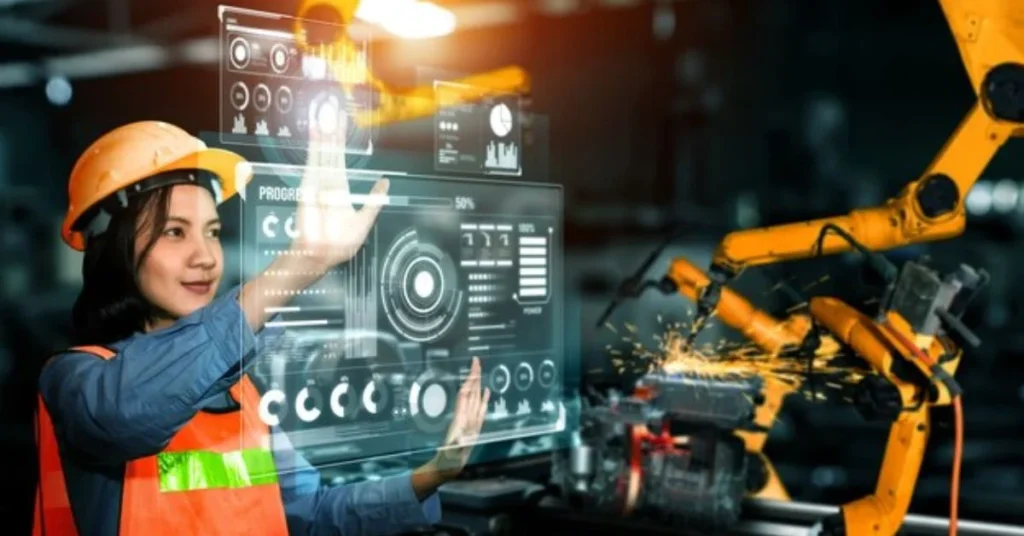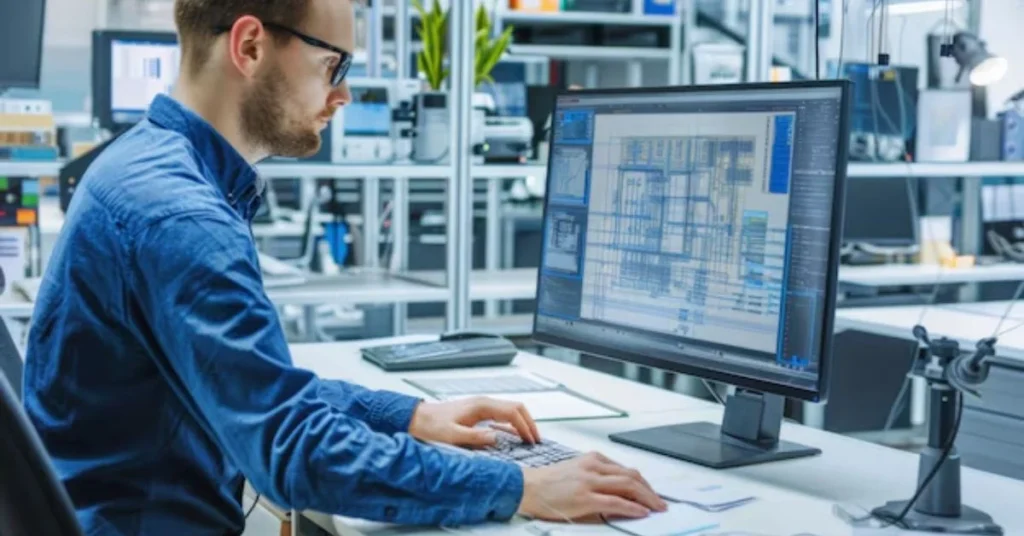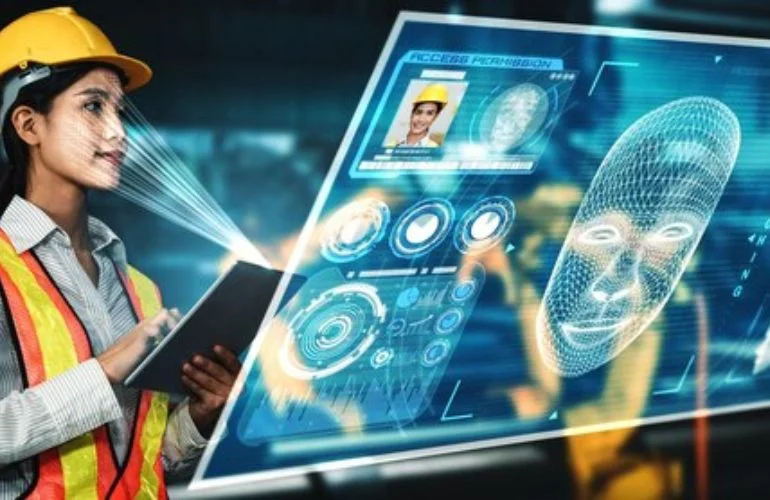In today’s technology-driven world, industries are continuously evolving to maintain safety, efficiency, and compliance. A cornerstone of this transformation is https: high-tech-inspections.com, a platform that leverages cutting-edge tools to redefine inspection practices. By integrating advanced technologies like drones, artificial intelligence (AI), and IoT, businesses can streamline their inspection processes and ensure optimal performance.
This article explores the importance of high-tech inspections, the key technologies driving them, their applications across various industries, and how they impact everyday life. Whether you’re a business owner or someone curious about modern solutions, this comprehensive guide provides valuable insights.
What Are High-Tech Inspections?
Definition and Core Purpose
High-tech inspections utilize advanced tools and technologies to evaluate systems, structures, or processes with precision and efficiency. Unlike traditional methods, which often rely on manual assessments, these inspections leverage innovative technologies to identify issues early and prevent costly errors.
https: high-tech-inspections. com focuses on replacing outdated techniques with streamlined solutions, ensuring accuracy and reliability. The ultimate goal is to minimize risks, optimize operations, and maintain safety standards across industries.
Industries That Rely on High-Tech Inspections
Several industries benefit significantly from high-tech inspections, including construction, manufacturing, and healthcare. In construction, these tools ensure structural integrity, while in manufacturing, they streamline quality control processes. Similarly, healthcare facilities depend on advanced inspections to comply with strict regulatory standards, making these technologies indispensable in modern operations.
Key Technologies Behind High-Tech Inspections
Artificial Intelligence (AI)
AI plays a transformative role in modern inspections by automating data analysis and identifying potential issues before they escalate. It processes vast amounts of data from inspection tools, enabling predictive maintenance and anomaly detection.
For instance, AI-powered systems in manufacturing detect flaws in products during the production phase, ensuring quality and reducing waste. This proactive approach not only saves time but also enhances operational efficiency.
Drones and Robotics
Drones are invaluable in inspecting areas that are difficult or dangerous to reach, such as high-rise structures, pipelines, or wind turbines. Equipped with high-resolution cameras and sensors, drones provide real-time data, helping inspectors identify issues remotely.
Robotics, on the other hand, are instrumental in confined spaces, like industrial machinery or underground tunnels. These automated systems eliminate the need for human intervention in hazardous environments, ensuring both safety and precision.
IoT and Sensors
The Internet of Things (IoT) enhances inspection processes by enabling real-time monitoring and data collection. Sensors integrated into equipment continuously track performance metrics, alerting operators to potential malfunctions.
For example, in energy plants, IoT-enabled sensors monitor operational efficiency, ensuring timely maintenance and reducing downtime. This technology not only improves reliability but also extends the lifespan of critical systems.
Imaging and Scanning
Advanced imaging technologies, such as thermal imaging, 3D scanning, and X-rays, provide detailed visual data that traditional methods cannot achieve. These tools are particularly useful in identifying structural flaws or hidden defects in machinery and buildings.
Thermal imaging detects temperature anomalies, indicating potential overheating or energy loss. Meanwhile, 3D scanning creates accurate models of structures, aiding in precise evaluations and repairs.
Platforms like Echo Tech are at the forefront of driving innovation in high-tech inspections. By integrating advanced tools and technologies, they exemplify how businesses can streamline operations, enhance accuracy, and maintain safety standards across industries.

Applications of High-Tech Inspections
In Construction
High-tech inspections are critical in ensuring the safety and durability of buildings, bridges, and other infrastructure. Tools like drones and thermal imaging help detect cracks, weak points, and material degradation, preventing costly repairs or structural failures.
These technologies also streamline compliance with safety regulations, allowing construction firms to complete projects on time and within budget. By adopting high-tech solutions, companies can enhance both efficiency and accountability.
In Manufacturing
Quality control is a cornerstone of manufacturing, and high-tech inspections play a pivotal role in achieving this goal. AI-driven systems analyze products at every production stage, detecting even the slightest defects.
By identifying issues early, manufacturers can minimize waste and improve product consistency. This approach not only enhances customer satisfaction but also boosts overall production efficiency.
In Energy and Utilities
From inspecting pipelines to maintaining wind turbines, https: high-tech-inspections.com is transforming the energy sector. Drones equipped with thermal cameras monitor infrastructure, identifying vulnerabilities like leaks or corrosion.
IoT sensors provide real-time data on system performance, ensuring timely interventions. These technologies reduce downtime and enhance safety, making them indispensable in energy and utility operations.
In Healthcare and Pharmaceuticals
The healthcare industry relies heavily on high-tech inspections to maintain compliance with stringent regulatory standards. Imaging tools like X-rays and MRIs detect defects in medical devices, ensuring patient safety.
Pharmaceutical companies also benefit from smart sensors that monitor production environments, ensuring product quality and consistency. By embracing advanced inspections, the healthcare sector can maintain its commitment to safety and reliability.
In Transportation and Automotive
Advanced inspection systems are revolutionizing the transportation industry by ensuring the safety of vehicles and infrastructure. Automated tools inspect bridges, tunnels, and roads, identifying vulnerabilities that could lead to accidents.
In the automotive sector, manufacturers use robotic systems to evaluate vehicle safety and performance. These innovations enhance road safety and contribute to more reliable transportation networks.
Benefits of High-Tech Inspections
Enhanced Accuracy
High-tech tools eliminate the inconsistencies of manual inspections, ensuring precision and reliability. This accuracy is particularly crucial in industries like healthcare, where even minor errors can have serious consequences.
Cost and Time Efficiency
Automation significantly reduces the time required for inspections, allowing businesses to save on labor costs and operational downtime. Predictive maintenance further minimizes expenses by addressing issues before they become critical.
Improved Safety
Remote inspection technologies, such as drones and robotics, keep workers out of hazardous environments. These tools ensure thorough evaluations while prioritizing the safety of personnel.

Challenges in High-Tech Inspections
While high-tech inspections offer undeniable advantages, they are not without challenges. Businesses must navigate these hurdles to fully leverage the technology:
High Initial Investment
Implementing high-tech inspection systems requires substantial investment in equipment, training, and integration. Smaller businesses may struggle to afford these costs. However, government incentives and partnerships can help mitigate financial barriers.
Technological Barriers
Compatibility issues and scalability challenges can hinder the adoption of advanced technologies. Continuous updates and maintenance are necessary to keep systems operational. Additionally, integrating new tools with existing workflows may require significant adjustments.
Data Security and Privacy
With digital inspections, data protection becomes a critical concern. Ensuring secure data transmission and storage is vital to maintaining trust and compliance. Businesses must invest in robust cybersecurity measures to protect sensitive information.
The Future of High-Tech Inspections
Emerging trends suggest a bright future for high-tech inspections. AI, machine learning, and big data are expected to play integral roles, making inspections smarter and more efficient.
Innovations on the Horizon
Industries like construction and healthcare are poised to benefit the most, with innovations like augmented reality (AR) enhancing the inspection process. These advancements promise to redefine industry standards globally. For example, AR tools can overlay digital information onto real-world views, providing inspectors with instant insights and recommendations.
The Role of Smart Cities
Smart cities will rely on high-tech tools for efficient infrastructure maintenance, enhancing urban safety and functionality. These advancements are paving the way for a connected, intelligent future. By integrating high-tech inspections into urban planning, cities can optimize resources and improve residents’ quality of life.
How High-Tech Inspections Impact Everyday Life
Beyond industries, high-tech inspections have practical applications that improve everyday life:
In Home Maintenance
Smart inspection tools allow homeowners to identify issues like water leaks or structural damage. These technologies simplify maintenance, reducing repair costs. For instance, thermal imaging cameras can detect energy inefficiencies, helping homeowners save on utility bills.
In Retail and Warehousing
Automated inventory checks ensure stock accuracy while minimizing human effort. Damaged goods are identified instantly, improving supply chain efficiency. These systems also enhance customer satisfaction by ensuring that products meet quality standards.
In Public Safety
Infrastructure inspections for bridges and roads prevent accidents by identifying vulnerabilities early. High-tech tools ensure public safety on a broader scale. For example, drones can monitor disaster-stricken areas, providing real-time data to aid rescue efforts.
Tips for Choosing High-Tech Inspection Services
Selecting the right inspection services can make a significant difference. Here are key factors to consider:
Certifications and Experience
Ensure the service provider has industry certifications and experience in relevant technologies. Expertise ensures reliability and efficiency. Verified credentials also indicate adherence to industry best practices.
Technology Portfolio
Look for companies offering cutting-edge tools like drones, AI, and IoT-based solutions. A diverse portfolio indicates adaptability and innovation. The inclusion of emerging technologies signals a commitment to staying ahead in the industry.
Customer Reviews
Research feedback from previous clients to gauge reliability and performance. Positive reviews often signify trustworthy services. Additionally, case studies or testimonials can provide insights into a provider’s strengths and areas of expertise.

Conclusion: Https: high-tech-inspections.com
Https: high-tech-inspections.com are transforming industries by offering smarter, safer, and more efficient solutions. As technologies evolve, their impact on everyday life and business operations will only grow. Embracing high-tech inspections ensures safety, compliance, and sustainability, paving the way for a more innovative future.
For businesses aiming to enhance their operational efficiency and safety standards, exploring reliable inspection solutions is crucial. Platforms like this website offer advanced technologies and tools that streamline the inspection process while ensuring accuracy and compliance. By leveraging these innovative services, companies can stay ahead in today’s competitive, technology-driven landscape.
FAQs On Https: high-tech-inspections.com
What industries benefit most from high-tech inspections?
Industries like construction, healthcare, and manufacturing see significant benefits from advanced inspection technologies. These tools enhance efficiency, safety, and compliance across various sectors.
How do drones contribute to high-tech inspections?
Drones inspect hard-to-reach areas, collecting accurate data without risking human safety. Their versatility makes them invaluable for industries ranging from construction to agriculture.
What are the cost implications of adopting high-tech inspection systems?
While initial costs are high, long-term savings on labor and maintenance outweigh the investment. Additionally, increased efficiency and reduced downtime contribute to overall cost-effectiveness.
Can small businesses afford high-tech inspections?
Smaller firms can start with affordable solutions like IoT sensors and gradually adopt more advanced tools. Scalable options allow businesses to align investments with their growth trajectory.
What is the future of high-tech inspections in smart cities?
Smart cities will rely on high-tech tools for efficient infrastructure maintenance, enhancing urban safety and functionality. These innovations will drive sustainability and improve residents’ quality of life.










